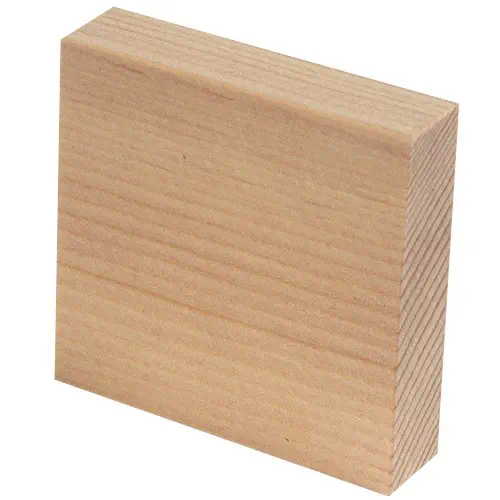North American Softwoods
Cedar, Aromatic Red – North America
Specific Gravity: 0.47
Hardness: Medium
Strength: Very Weak
Bendability: Very Low
Tangential Stability: 5.2%
Radial Stability: 3.3%
Hand Tools: Easy
Power Tools: Very Easy
Gluing: Good
Finishing: Good
Common Uses: Boxes, chests, liners for chests and storage cabinets, pencils, archery bows, fence posts, Christmas trees.
Comments: Resists decay. Has strong but pleasant odor. Despite folklore, there is no evidence that odor or wood repels insects. Not a true cedar, member of the Juniper family.
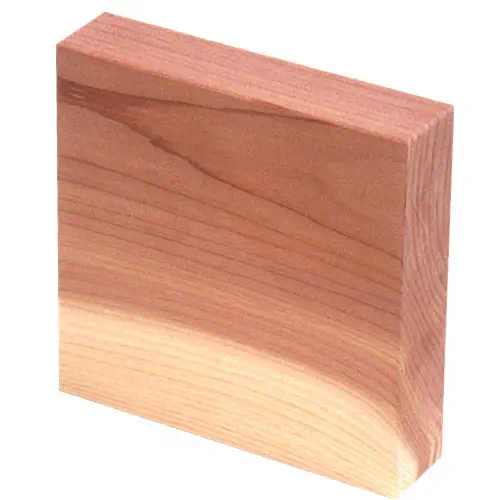
Cedar, Western Red – Western North America
Specific Gravity: 0.32
Hardness: Very Soft
Strength: Very Weak
Bendability: Low
Tangential Stability: 5.0%
Radial Stability: 2.4%
Hand Tools: Easy
Power Tools: Very Easy
Gluing: Excellent
Finishing: Good
Common Uses: Box and chest liners, doors, windows, trim, siding, shingles, beehives, outdoor furniture and construction.
Comments: Brittle, splits easily. Resists decay. Wood has slight fragrance thought to repel insects. Acid in wood attacks iron and steel fasteners. Not a true cedar, member of the Cypress family. Sawdust is a potential sensitizer.
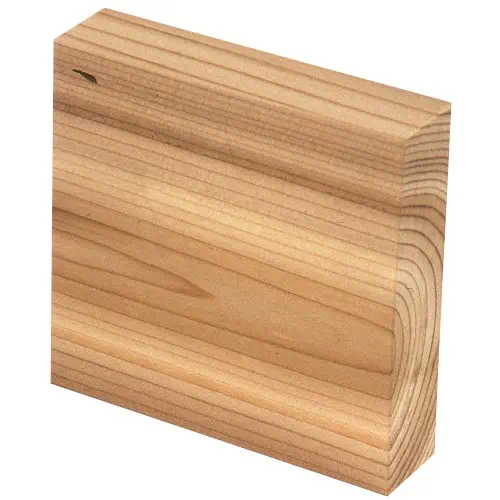
Cypress – Southeastern North America
Specific Gravity: 0.46
Hardness: Soft
Strength: Medium
Bendability: Low
Tangential Stability: 6.7%
Radial Stability: 3.5%
Hand Tools: Very Easy
Power Tools: Easy
Gluing: Good
Finishing: Poor
Common Uses: Outdoor and informal furniture, boats, liners for closets and chests, shingles, outdoor construction.
Comments: Decay resistant, suitable for outdoor construction and ground contact. Sometimes mistakenly grouped with hardwoods because some species, particularly the Bald Cypress, lose their leaves in winter.
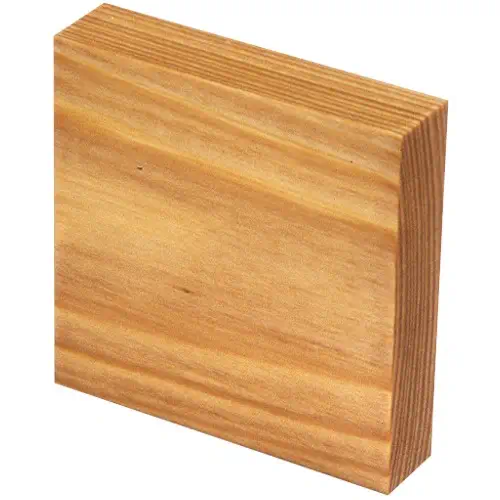
Fir, Douglas – Western North America
Specific Gravity: 0.48
Hardness: Soft
Strength: Very Strong
Bendability: Very Low
Tangential Stability: 7.3%
Radial Stability: 4.5%
Hand Tools: Easy
Power Tools: Very Easy
Gluing: Good
Finishing: Difficult
Common Uses: Construction, windows, doors, trim, flooring, boats, docks, mine timbers, plywood, Christmas trees.
Comments: Dominant tree in Pacific Northwest America. More dimensional lumber and plywood is made in North America from this species than any other. Sawdust is a potential irritant.
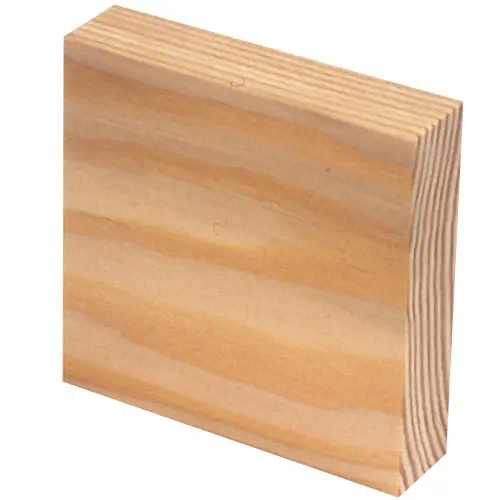
Hemlock – North America
Specific Gravity: 0.45
Hardness: Soft
Strength: Strong
Bendability: Medium
Tangential Stability: 7.9%
Radial Stability: 4.3%
Hand Tools: Very Easy
Power Tools: Very Easy
Gluing: Excellent
Finishing: Excellent
Common Uses: Construction lumber, papermaking, broom handles, plywood.
Comments: Takes paint well; good choice for siding. Extremely long-lived tree, grows very large; hemlocks in the Appalachian mountains produce more lumber per tree than any other in eastern North America. Member of the pine (Pinaceae) family, no relation to the poisonous herb.
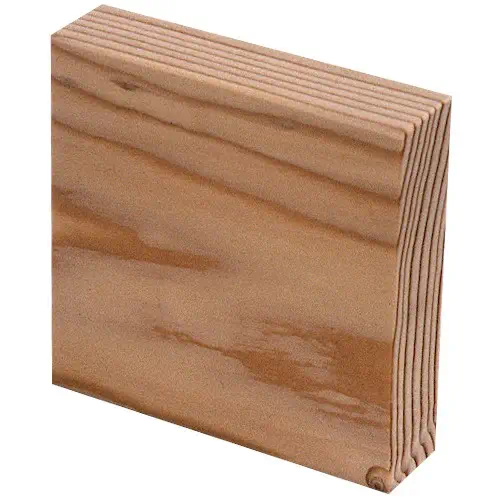
Pine, Eastern White – Northeastern North America
Specific Gravity: 0.35
Hardness: Very Soft
Strength: Weak
Bendability: Very Low
Tangential Stability: 7.4%
Radial Stability: 4.1%
Hand Tools: Very Easy
Power Tools: Easy
Gluing: Good
Finishing: Excellent
Common Uses: Informal furniture, carving, trim, light construction, boats.
Comments: The tallest tree in eastern North America. In colonial times (1600s and 1700s), wood was prized for masts of sailing ships. Extremely tall trees were marked with a "broad arrow" and reserved for use by the British Royal Navy. Still commercially important, but overuse has depleted supply.
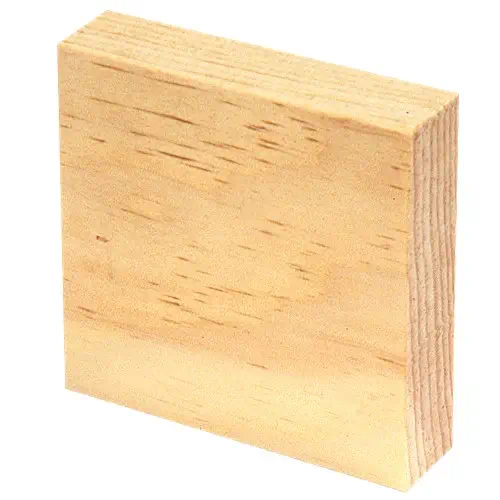
Pine, Ponderosa – Western North America
Specific Gravity: 0.40
Hardness: Very Soft
Strength: Weak
Bendability: Low
Tangential Stability: 6.2%
Radial Stability: 3.9%
Hand Tools: Easy
Power Tools: Very Easy
Gluing: Adequate
Finishing: Good
Common Uses: Construction lumber, trim, paneling, doors, windows, boxes, informal furniture.
Comments: Also known as "Knotty Pine." Knots are plentiful in irregular grain, but are usually tight and sound. Highly resinous, resin builds up on cutters, wood must be sealed before finishing.
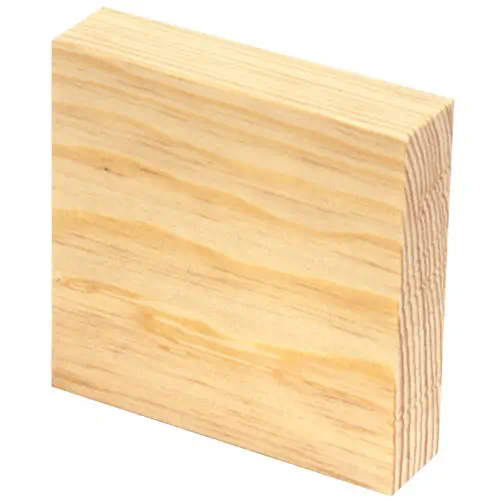
Pine, Sugar – Western North America
Specific Gravity: 0.36
Hardness: Very Soft
Strength: Very Weak
Bendability: Very Low
Tangential Stability: 5.6%
Radial Stability: 2.9%
Hand Tools: Easy
Power Tools: Very Easy
Gluing: Excellent
Finishing: Good
Common Uses: Informal furniture, carving, trim, boxes, toys, musical instruments, boats, light construction.
Comments: Virgin lumber is clear with a fine texture and produces some of the most valuable lumber in North America. Second-growth lumber is much coarser and has many knots.
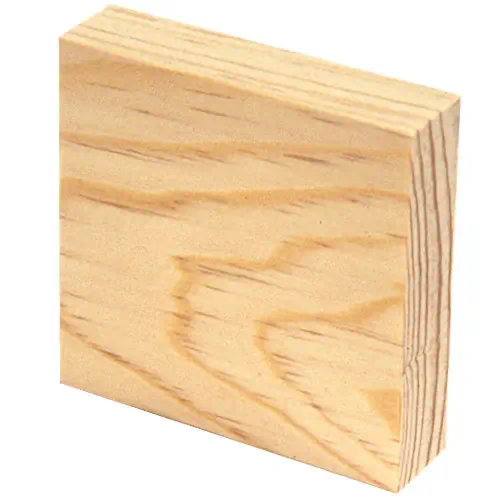
Pine, Southern Yellow – Southern North America
Specific Gravity: 0.59
Hardness: Medium
Strength: Very Strong
Bendability: Very Low
Tangential Stability: 6.1%
Radial Stability: 2.1%
Hand Tools: Easy
Power Tools: Easy
Gluing: Good
Finishing: Adequate
Common Uses: Heavy and light construction, exterior trim, flooring, boats, woodenware, utility furniture.
Comments: Widely-used construction wood owing to hardness and strength. Wood is resinous, clogs blades and cutters. Resin is used to produce pitch and turpentine. Once an important resource for shipbuilding.
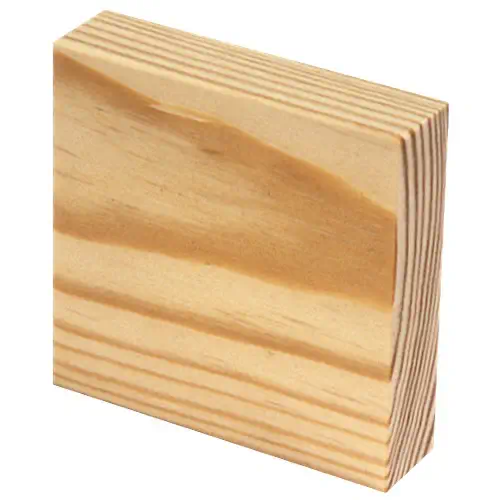
Redwood – Western North America
Specific Gravity: 0.35
Hardness: Very Soft
Strength: Weak
Bendability: Low
Tangential Stability: 4.9%
Radial Stability: 2.2%
Hand Tools: Very Easy
Power Tools: Very Easy
Gluing: Excellent
Finishing: Good
Common Uses: Outdoor and informal furniture, construction, decking, coffins, vats, siding, shingles, veneer.
Comments: Also called "Sequoia." Trees are up to 350 feet (106 meters) high and 2,200 years old. Stumps produce "burl" figure. Lack of resin makes wood less likely to burn than other softwoods. Resists decay.
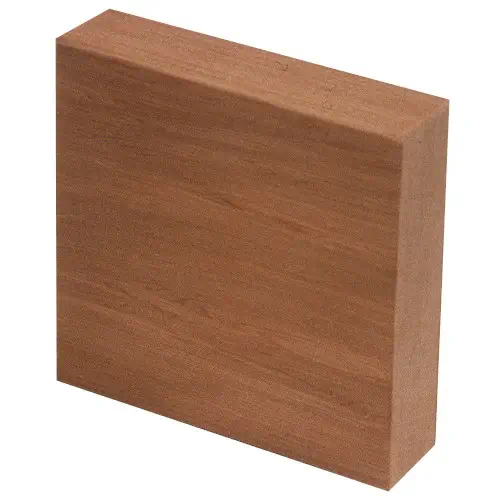
Spruce, Sitka – Western North America
Specific Gravity: 0.407
Hardness: Very Soft
Strength: Medium
Bendability: High
Tangential Stability: 7.5%
Radial Stability: 4.3%
Hand Tools: Easy
Power Tools: Easy
Gluing: Excellent
Finishing: Excellent
Common Uses: Construction, boats, oars, airplanes and gliders, musical instruments, piano soundboards, trim, boxes.
Comments: Very high strength to weight ratio, especially when growth rings are closely spaced. Highly resonant; individual boards sound a single clear note when struck. Sawdust is a potential irritant.
